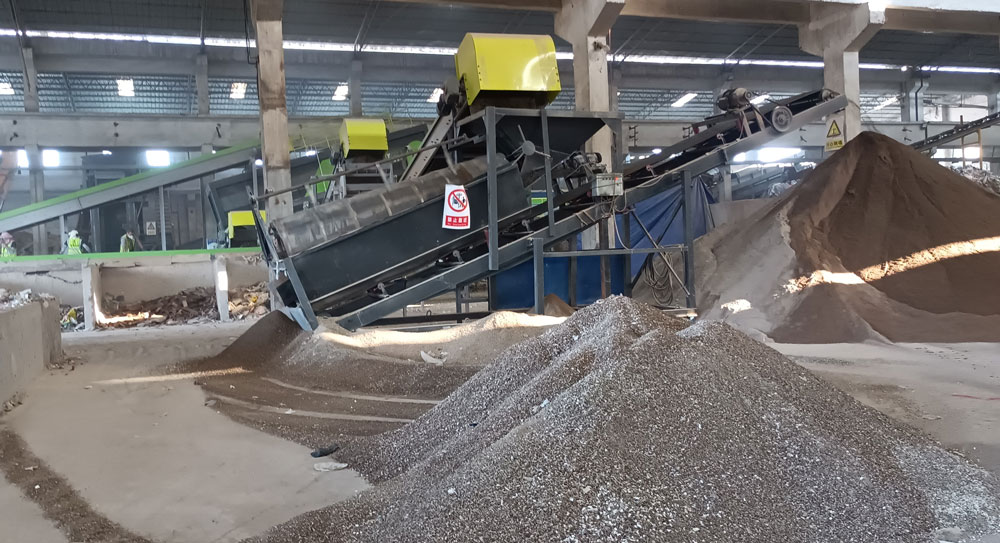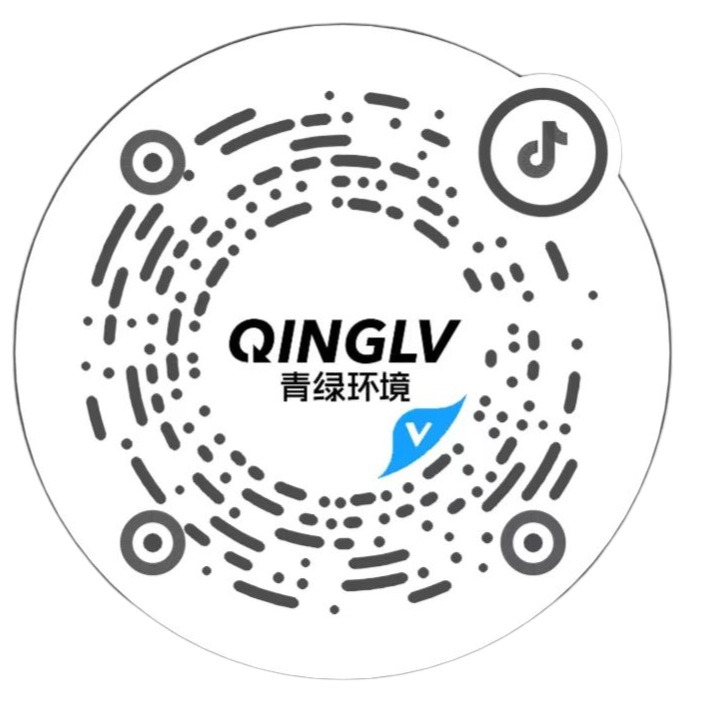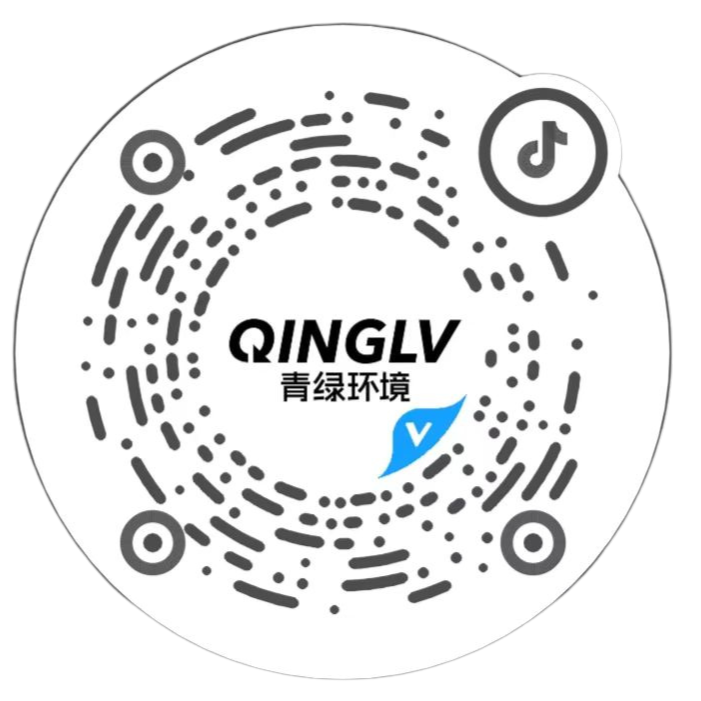 Time:2025-05-28
Time:2025-05-28
 Source:青绿环境
Source:青绿环境
With the continuous advancement of urbanization and the rapid development of the construction industry, the volume of construction waste is increasing year by year and has become an important component of urban solid waste. According to statistics, construction waste accounts for as much as 30% to 40% of urban waste. It is characterized by its large volume and complex composition. If not properly managed, it will not only occupy a large amount of land resources but also cause serious environmental pollution. Traditional landfill and simple stockpiling methods can no longer meet the needs of sustainable urban development in modern cities. Therefore, the emergence of construction waste sorting equipment provides strong support for resource utilization and green development.

I. Improving Resource Recycling Rates
Construction waste contains a large amount of recyclable resources, such as concrete blocks, bricks, steel reinforcement, wood, plastic, and metals. Through intelligent screening, crushing, magnetic separation, and grading processes of construction waste sorting equipment, different types of recyclable materials can be effectively separated. These materials, after further processing, can be reused in various fields, including road subgrade fill, recycled aggregates, and building material manufacturing. This not only turns waste into valuable resources but also significantly increases the resource recycling rate and reduces dependence on natural resources.
II. Promoting Green and Low-Carbon Development in the Construction Industry
The harmless and resourceful treatment of construction waste is an important part of the green and low-carbon transformation of the construction industry. Construction waste sorting equipment can classify waste at the source, improving processing efficiency and reducing energy consumption caused by secondary transportation and repetitive operations. Moreover, some high-efficiency and energy-saving sorting equipment is equipped with intelligent control systems that can automatically adjust operating parameters based on the type and volume of waste, further reducing energy consumption and carbon emissions. This helps the industry achieve its goals of carbon peak and carbon neutrality.
III. Alleviating Urban Environmental Pressure
The disorderly stockpiling of large amounts of construction waste not only occupies urban land resources but also easily generates secondary pollutants such as dust and leachate, affecting the surrounding environmental hygiene and residents' lives. Using construction waste sorting equipment for centralized processing can effectively reduce waste overflow and control the spread of harmful substances through closed operations and dust removal systems. This significantly enhances the environmental level of urban waste treatment and has a positive impact on alleviating urban environmental pressure and improving the urban image.
IV. Driving the Development of a Circular Economy
As a key link in the circular economy industry chain, construction waste sorting equipment connects the entire process of waste collection, transportation, treatment, and resource regeneration. By establishing construction waste sorting centers or resource utilization bases, not only can it promote the development of related industries in the surrounding areas, but it can also form a closed-loop model of raw material supply, processing and manufacturing, and product sales. This injects new momentum into local economic development. Especially under the impetus of the "dual carbon" strategy and green development policies, the resource utilization of construction waste will become a new economic growth point, attracting more social capital and technological forces to invest in and drive the industry towards high-quality development.
V. Enhancing the Comprehensive Competitiveness of Enterprises
For construction companies, demolition firms, or sanitation enterprises, equipping themselves with construction waste sorting equipment not only enhances their waste treatment capabilities and service efficiency but also generates additional revenue through the sale of recycled materials or further processing. This improves the economic benefits of the enterprise. At the same time, actively practicing green and environmental protection concepts aligns with current policy directions and social responsibility requirements. It helps to shape a positive corporate image, enhance market competitiveness, and increase industry influence.
In summary, construction waste sorting equipment has significant application value in improving resource utilization rates, promoting green development, alleviating environmental pressure, fostering a circular economy, and enhancing corporate competitiveness. With the continuous deepening of policy support and technological progress, its application in urban construction and waste treatment will become increasingly widespread, becoming an important technological support for achieving sustainable development.













 Prev
Prev











